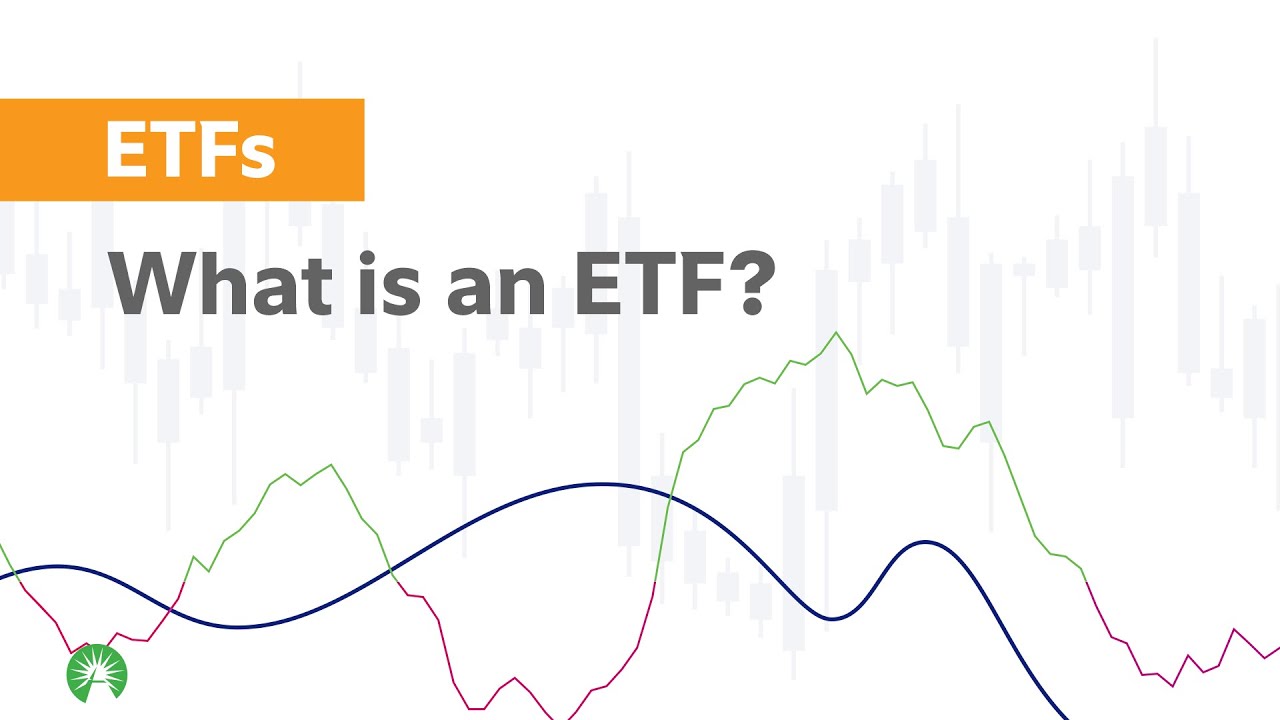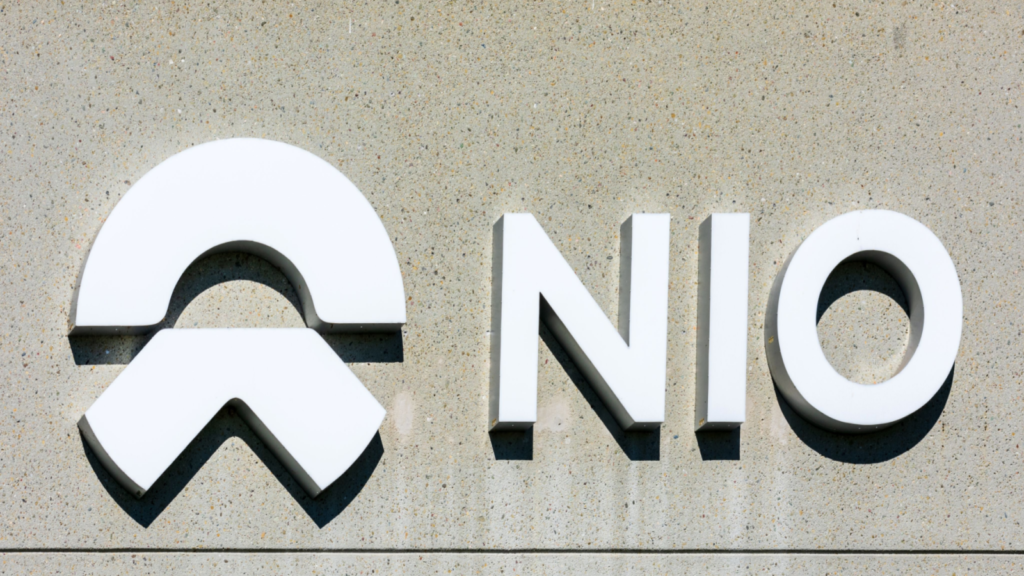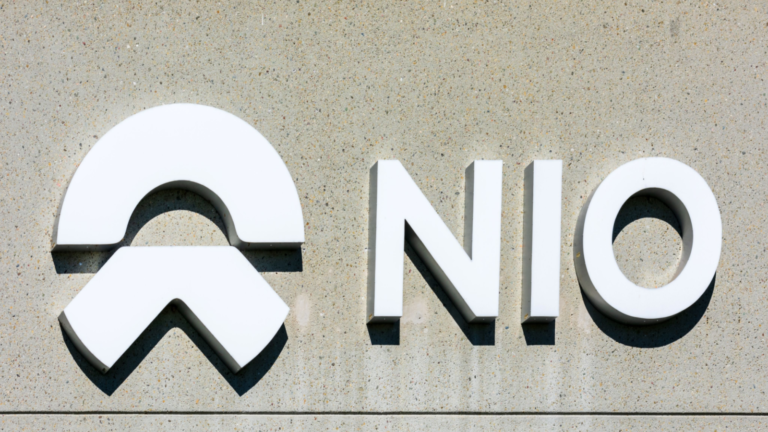As 2023 unfolds, it brings about several new possibilities in the investment arena, breathing new life into promising growth stocks. After tech stocks were punished in 2022, many of the top tech growth stocks are showing signs of a vibrant comeback. However, sectors previously flourishing, such as energy stocks and regional banks, are now facing major headwinds. With investors contemplating the effects of a potential recession and financial system instability, there has been a strategic rotation back into the most enticing growth stocks to buy.
However, there is a note of caution during this shift. The rosy growth scenario of 2021 may not replicate itself during this market resurgence. The remnants of speculative excess during the stock market rally of 2021, but the market has evolved. Now the market harbors a deeper appreciation for profitability and sustainability, along with durable business models, that will guide the selection of future growth stocks.
| AAPL |
Apple |
$175.16 |
| GOOG GOOGL |
Alphabet |
$123.25 |
| DDOG |
Datadog |
$92.09 |
| U |
Unity Software |
$29.10 |
| SOFI |
SoFi Technologies |
$4.93 |
| SNOW |
Snowflake |
$176.82 |
| BROS |
Dutch Bros |
$28.52 |
Growth Stocks To Buy: Apple (AAPL)
Apple (NASDAQ:AAPL) has a potent brand image, with it boasting superior pricing power, a strength that has historically turned investor portfolios into massive treasure chests. Moreover, its financials have been consistently rising, representing steadfast growth. Additionally, it has made bold strides with aggressive share repurchases and dividends, underpinning its impressive $97 billion annual free cash flow balance.
Let’s turn our attention toward the iPhone, a story of triumph amidst turbulence. Despite the U.S. economic downturn casting a shadow over iPhone sales, Apple’s superior brand prowess has acted as a robust shield. IPhone sales increased substantially during the first quarter, despite the slowdown in its underlying market. The spotlight, however, rightfully belongs to Apple’s Services unit, which has delivered an astounding 463% sales growth over the past decade.
Alphabet (GOOG, GOOGL)
When the AI wave swept in earlier this year, many felt that Alphabet (NASDAQ:GOOG, NASDAQ:GOOGL) missed a step. However, Alphabet’s recent I/O developer conference turned the tables, pointing to the tech giant’s retreat. Google unveiled a suite of generative AI tools positioned to dethrone ChatGPT from its perch. Moreover, it’s clear that Google won’t be letting Bing off the hook in establishing its dominance in the search engine battleground.
Alphabet and Microsoft stand on promising ground in the grand scheme of things, with AI presenting a golden growth opportunity. Google’s lackluster earnings report is essentially just a blip on the radar. With flattening interest rates and the firm’s AI aspirations soaring, GOOG stock’s value seems to have hitched a ride on a rocket. Alphabet is charting an exciting course in the ever-evolving tech cosmos as we advance.
Datadog (DDOG)
Datadog (NASDAQ:DDOG) has established a robust presence in the world of cloud monitoring and security, becoming a juggernaut software-as-a-service solutions provider in its niche. The enterprise’s one-stop-shop platform delivers a masterstroke of convenience, enabling firms to watch over and secure their data easily.
Nailing the art of growth, Datadog offers an awe-inspiring trajectory. Revenues have skyrocketed from a humble $101 million in 2017 to an eye-catching $1.7 billion in 2022. Year-over-year growth stands over 50%, roughly 318% higher than the sector median. What’s more impressive is that forward revenue estimates point to more than 37% top-line growth ahead. DDOG stock is up over 24% year-to-date, and with its stock down substantially from historical metrics, there is massive potential value to tap into in the firm.
Unity Software (U)
Unity Software (NYSE:U) dazzles as a leader in the graphics engine space, forming the digital backbone of the video game sphere. Over the years, it has evolved from being a pure-play game developer effectively branching out into the vibrant worlds of video architecture, animation, and eCommerce.
Over the years, it’s operated a financially resilient business, with average revenue growth of 40% over the past five years. Moreover, forward revenue growth is estimated at over 32%. Additionally, profitability concerns are dissipating as it has significantly expanded its profitability situation in the past year. Also, its belt-tightening measures have borne fruit, with analysts expecting an anticipated swing from a 39-cent loss to a 35-cent profit per share. Furthermore, Tipranks analysts forecast a 26.8% upside from current prices, positioning it for powerful long-term gains ahead.
SoFi Technologies (SOFI)
Within a few years of its stock market listing, SoFi Technologies (NASDAQ:SOFI) has already made major waves in the lending, technology platform, and financial services domains. It was awarded a bank charter designation, further bolstering its comprehensive range of financial service offerings and solidifying its position in the fintech arena.
Furthermore, unfazed by market headwinds, SoFi Technologies has effectively emerged as a leading contender in personal finance. Its recent earnings release showed remarkable revenue and adjusted profitability beat, besting market projections by a mile. Sales from its lending segment were at $325 million, up 33% from last year’s first quarter. Financial services sales tripled yearly to a whopping $81 million, while technology sales increased by 28% YOY to $78 million. The firm remains on course to achieving quarterly GAAP net income profitability by the fourth quarter of 2023, a testament to its confidence in its future performance. Based on Tipranks analyst estimates, SOFI stock trades at over a 50% upside from current price levels.
Snowflake (SNOW)
Snowflake (NYSE:SNOW) has established its presence as a cloud data warehousing prodigy, effectively charting a breathtaking course in the cloud realm. Its services enable firms to ingest massive amounts of data, crafting valuable analytics from data sources.
However, its journey isn’t just a flash in the pan; its status tells a compelling story. While the pace at which it grows may be moderating from its lofty triple-digit growth rates, its anticipated 40% revenue surge to $2.88 billion this year indicates an undeniably robust trajectory.
In its most recent quarter, it delivered a whopping 54% fourth-quarter product revenue growth and an enviable net revenue retention rate of 158%. This implies an average growth rate of 58% per customer. Hence, as we advance, Snowflake, no doubt, continues carving out an impressive path in the cloud cosmos.
Dutch Bros (BROS)
Dutch Bros (NYSE:BROS) has been zipping ahead of its competition with a fresh take on the traditional coffee-shop concept, winning the hearts of the Gen Z demographic with its nimble locations and selfie-ready drinks ideal for its vibrant customer base.
Despite recently unveiling relatively strong first-quarter results, the company is in a spot of bother. Its 30% YOY revenue growth missed the mark, causing its stock to wobble in the process. However, these growing pains are par for the course for young up-and-coming businesses such as Dutch Bros that are sprinting towards success. It added a whopping 45 new stores already in the first quarter and a revenue growth forecast of around 30% for this year and the next. The potential to brew thousands of new stores over the next few years is a perk that’s just too good to pass up.
On the date of publication, Muslim Farooque did not have (either directly or indirectly) any positions in the securities mentioned in this article. The opinions expressed in this article are those of the writer, subject to the InvestorPlace.com Publishing Guidelines.
Muslim Farooque is a keen investor and an optimist at heart. A life-long gamer and tech enthusiast, he has a particular affinity for analyzing technology stocks. Muslim holds a bachelor’s of science degree in applied accounting from Oxford Brookes University.
















